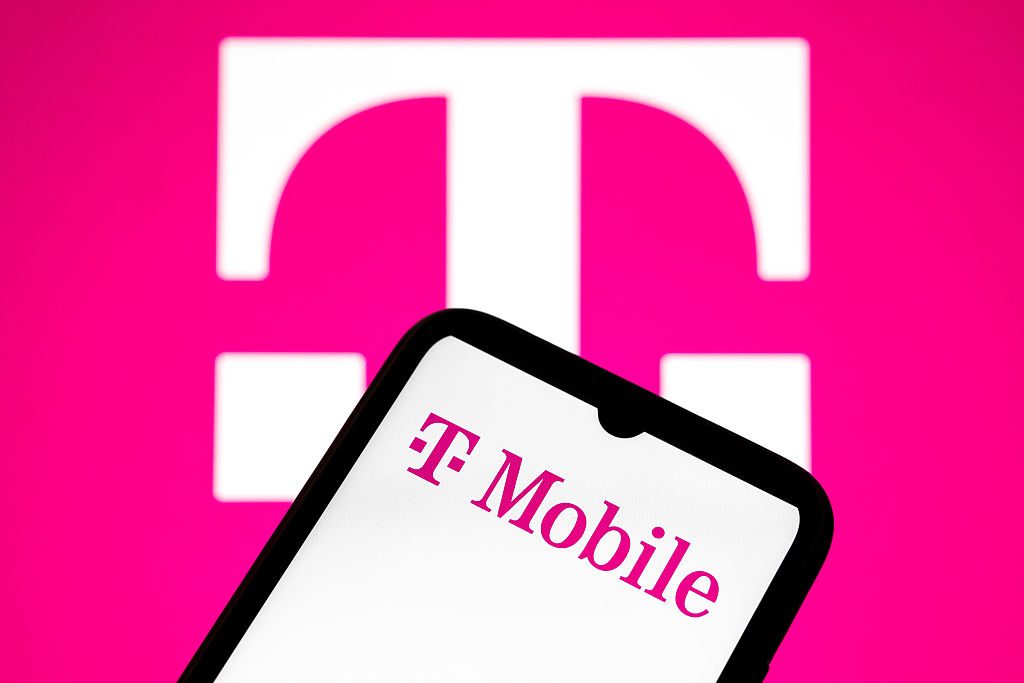Get A Portfolio That Pays You During Retirement with Dividend Investing
When it's time to start pulling money out of your retirement savings, it's nice to know that dividends are pumping it back in. But you've got to be careful when picking which dividend payers to rely upon.


If you’re like most people, you’ve spent much of your adult life working and, if you’re smart, saving some of the money you made and investing it.
During this “accumulation phase,” you built wealth and resources to provide an income source for yourself in retirement. You watched your portfolio grow, but you didn’t tap into it.
But now a change is coming. You’re retiring. And while you want your portfolio to keep providing returns, you also want it to give you income to use for your day-to-day expenses and to live the lifestyle you dreamed of.
From just $107.88 $24.99 for Kiplinger Personal Finance
Become a smarter, better informed investor. Subscribe from just $107.88 $24.99, plus get up to 4 Special Issues

Sign up for Kiplinger’s Free Newsletters
Profit and prosper with the best of expert advice on investing, taxes, retirement, personal finance and more - straight to your e-mail.
Profit and prosper with the best of expert advice - straight to your e-mail.
If you’re working with an adviser, he’s probably talked to you about this “distribution phase” and has been helping you prepare for it.
Much of that conversation should have been about moving to a safer investment strategy to protect the money you worked so hard to save.
Why dividends are attractive to retirees
If you haven’t already, it’s a good time to think about dividend investing as a part of that plan — building a collection of solid stocks with dividend yields that generate money throughout the year.
If you own stock, you know it goes up and down on a daily basis. The price changes to whatever somebody is willing to pay for it at the time; you hope it will continue to go up, but that’s not always the case.
But if it’s a company that pays dividends, it also will pay you cash that can be deposited into your brokerage or bank account. You get paid for owning that stock.
At a time when you’re looking for safety and security from your portfolio, dividend-paying stocks can be a good investment. Dividend payers historically outperform other investments over the long haul, with quite a bit less volatility. And it’s nice to know that if you need to take a 4% withdrawal from your portfolio, 3% or 4% will come from dividends, so you don’t have to put all your hope in that ever-changing market.
You know your portfolio is going to pay you for owning it.
What to watch out for
Still, you have to be careful when shopping for dividend-paying stocks. You can’t just pick stocks that pay high dividends. Do a little homework. Is the company healthy? Is it profitable? There are companies out there that pay high dividend rates, but they are losing money. The money they’re using to pay those dividends might be coming from borrowed funds, and when a company isn’t healthy financially and still pays a high dividend, you risk watching that stock go down to a point where it might not recover or, at best, it recovers slowly.
Companies with a history of paying dividends consistently, and increasing their dividends, are usually household names, such as Coca-Cola (KO), Pepsi (PEP ), General Mills (GIS) and Procter & Gamble (PG ). Financial companies often increase their dividends, as do health care companies. If you don’t want to pick individual stocks, you can choose a dividend growth mutual fund or a dividend growth exchange-traded fund (ETF). Your adviser can help you or do it for you.
Follow a long-term game plan
The idea with dividend investing is to not over manage. Plan to stick with that stock for a long while (unless something really catastrophic happens, or there’s a change of course within the company).
You don’t want 100% of your investments to be dividend payers, but there should be a good portion of your portfolio that pays you for owning it. Even if you’re not in the distribution phase yet, it can make sense to have some dividend payers in your portfolio, because then you have the miracle of compound interest: You can take those dividends and reinvest them.
But especially when you’re in the income phase of the investment life cycle, when it’s all about cash flow, having dividend payers in your portfolio makes it easier to achieve success.
Any comments regarding safe and secure investments, and guaranteed income streams refer only to fixed insurance products. They do not refer, in any way, to securities or investment advisory products. Fixed Insurance and annuity product guarantees are subject to the claims-paying ability of the issuing company and are not offered by Global Financial Private Capital.
This material is for informational purposes only. It is not intended to provide tax, accounting or legal advice or to serve as the basis for any financial decisions. Individuals are advised to consult with their own accountant and/or attorney regarding all tax, accounting and legal matters.
Profit and prosper with the best of Kiplinger's advice on investing, taxes, retirement, personal finance and much more. Delivered daily. Enter your email in the box and click Sign Me Up.

Jared Elson is a Series 65 Licensed Investment Adviser Representative (IAR) and the CEO of Authentikos Advisory. Following a 10-year career with Yahoo, Jared identified an acute need for sound financial counsel in the tech industry and has excelled in giving tech professionals the tools they need to grow and preserve their wealth.
-
 Are T-Mobile's Prepaid Perks a Home Run or a Strikeout?
Are T-Mobile's Prepaid Perks a Home Run or a Strikeout?T-Mobile's prepaid lineup promises MLB.TV, T-Mobile Tuesdays and hotspot data. But do the perks make it worth switching?
-
 Verizon Home Internet Is Offering Free Tech to New Customers
Verizon Home Internet Is Offering Free Tech to New CustomersVerizon’s latest home-internet promotion includes free tech, but the real savings depend on pricing, speed needs and how long you stay.
-
 Retirees in These 7 States Could Pay Less Property Taxes Next Year
Retirees in These 7 States Could Pay Less Property Taxes Next YearState Taxes Retirement property tax bills could be up to 65% cheaper for some older adults in 2026. Do you qualify?
-
 5 Smart Things to Do With Your Year-End Bonus, From a Financial Professional
5 Smart Things to Do With Your Year-End Bonus, From a Financial ProfessionalAfter you indulge your urge to splurge on a treat, consider doing adult things with the extra cash, like paying down debt, but also setting up a "fun fund."
-
 Are You a Gen X Investor? Here's How You Can Protect Your Portfolio From an AI Bubble
Are You a Gen X Investor? Here's How You Can Protect Your Portfolio From an AI BubbleAmid talk of an AI bubble, what's the best course of action for investors in their 50s and 60s, whose retirement savings are at risk from major market declines?
-
 Hey, Retirees: Put Your Charitable Gifts in a Donor-Advised Fund (and Enjoy Your Tax Break)
Hey, Retirees: Put Your Charitable Gifts in a Donor-Advised Fund (and Enjoy Your Tax Break)A donor-advised fund is a simple (really!), tax-smart strategy that lets you contribute a large, tax-deductible gift now and then distribute grants over time.
-
 If You're a U.S. Retiree Living in Portugal, Your Tax Plan Needs a Post-NHR Strategy ASAP
If You're a U.S. Retiree Living in Portugal, Your Tax Plan Needs a Post-NHR Strategy ASAPWhen your 10-year Non-Habitual Resident tax break ends, you could see your tax rate soar. Take steps to plan for this change well before the NHR window closes.
-
 Your Year-End Tax and Estate Planning Review Just Got Urgent
Your Year-End Tax and Estate Planning Review Just Got UrgentChanging tax rules and falling interest rates mean financial planning is more important than ever as 2025 ends. There's still time to make these five key moves.
-
 What Makes This Business So Successful? We Find Out From the Founder's Kids
What Makes This Business So Successful? We Find Out From the Founder's KidsThe children of Morgan Clayton share how their father's wisdom, life experience and caring nature have turned their family business into a respected powerhouse.
-
 Past Performance Is Not Indicative of Your Financial Adviser's Expertise
Past Performance Is Not Indicative of Your Financial Adviser's ExpertiseMany people find a financial adviser by searching online or asking for referrals from friends or family. This can actually end up costing you big-time.
-
 I'm a Financial Planner: If You're Not Doing Roth Conversions, You Need to Read This
I'm a Financial Planner: If You're Not Doing Roth Conversions, You Need to Read ThisRoth conversions and other Roth strategies can be complex, but don't dismiss these tax planning tools outright. They could really work for you and your heirs.